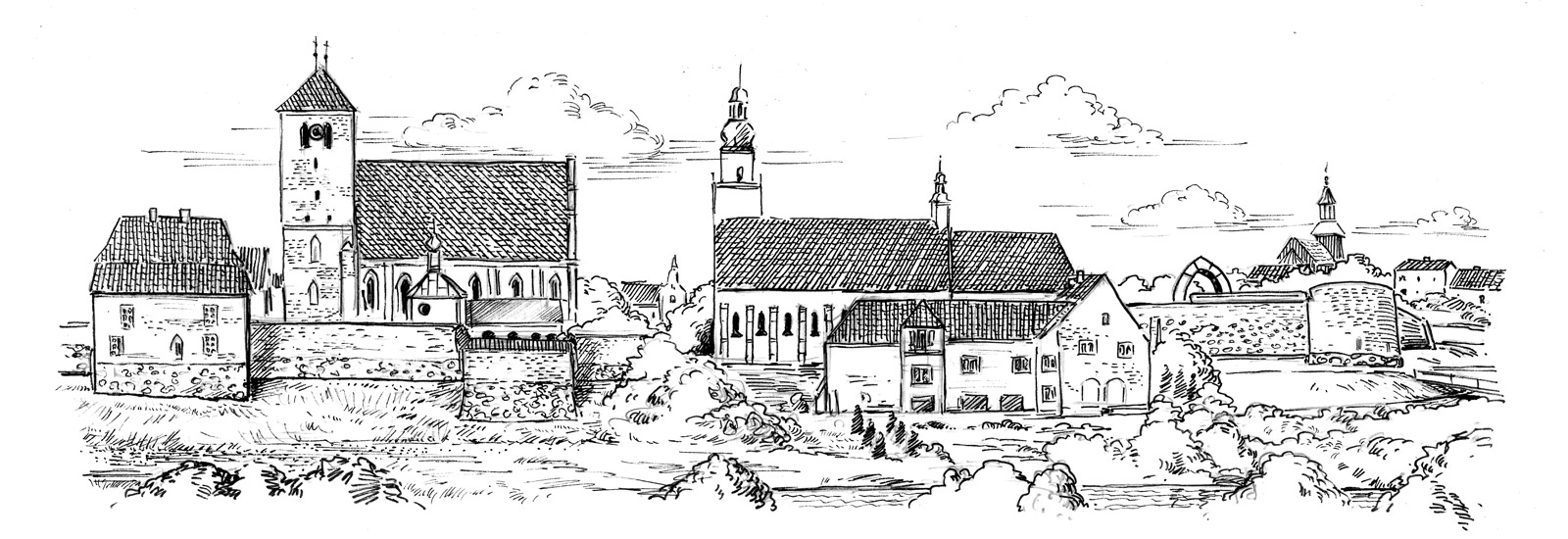Lubawa
Nicolaus Copernicus came to the Lubawa castle to visit his friend Tiedeman Giese, formerly a canon of Warmia and then the Bishop of Chełmno. He visited him twice. First, to serve him with medical help in April 1539. Then in the same year he spent some time in Lubawa, in the period from the end of June to mid-September, having arrived with Jerzy Joachim Retyk.
This young mathematician was the emissary of the reformation leaders Martin Luther and Filip Melanchthon, and was supposed to disclose the 'heretical theories' of Copernicus. However, having learned his scientific considerations, he became a keen supporter of his theories. During his stay in Lubawa, together with Bishop Gies, he encouraged the astronomer to publish the work "On Revolutions". Ultimately, Copernicus was convinced.
Lubawa, mentioned for the first time in 1216, in 1257 together with the surrounding areas was given to the bishops of Chełmno. This practice caused intensive development and obtaining city rights in 1311. The bishops built a castle in Lubawa, which until 1773 was their residence. After a fire at the beginning of the 19th century, the building was demolished. The preserved fragments of its walls have been restored in recent years, currently the castle basements are being restored for use, and then two wings of the building will be restored. Other monuments of the town are: the Gothic church of St. Anna, fragments of town’s fortifications with two gothic towers, late Renaissance church of St. John the Baptist and St. Archangel Michael, wooden baroque church of St. Barbara, a complex of the Bernardine monastery (early 16th century).
An attractive recreational area of the town is the revitalized park Łazienki Lubawskie. Near Lubawa there are two rivers: Drwęca and Wel, which are popular kayaking routes. In th east of the town there is the Dylew Hills Landscape Park. On its territory there is Dylewska Hill (312 m a.s.l.) - the highest point in north-eastern Poland.
